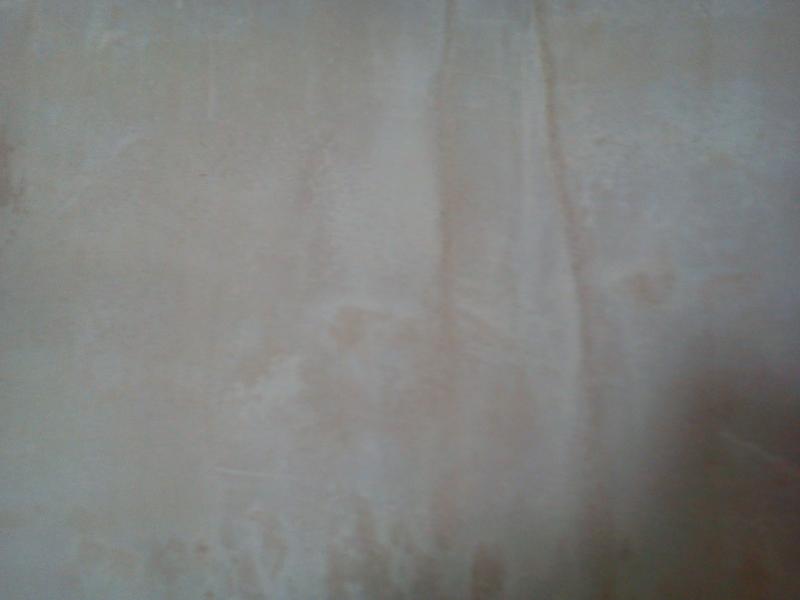Decided to take of old wallpaper in the spare bedroom before repainting. There were a few hole here and their after removing the paper so i filled these with the intention of just lining the wall afterwards. However the walls wouldn't have looked to good even with lining, nothing else for it I thought, give a go at plastering it! What could possibly go wrong

I've no experience with plastering but had made sure I had a good nosey round the forum first. So I pva'ed the wall the night before to take up some of the suction (5:1 mix) Today when i was sure it had dried, I made another PVA mix and let it go tacky before mixing up my multi-finish. Never mixed it up before but added about 3/4 a bag of multi to about 7 litres of water. Got the good creamy texture mix I had read about and started walloping it on.
I had read that the first coat wasn't that important, just try level it out, this was of course easier said than done, and by the time I had got the wall nearly covered, it had started to go off and was pulling when i put it on..I cracked on anyway!
Unfortunately for me the cracking was quite literal, just as i was coming to finish off the bottom of the wall, the fecking trowel snapped! To late to go get another trowel, and now the first coat is crazing like nobody's business, what a disaster, To laugh or to cry? I'm laughing what else you gonna do.
Going to let the plaster dry and then remove all the crazed plaster, pva again and give it another go. It's been a good learning experience though, here's whats stuck out:
Plaster get's everywhere!
Don't buy cheap tools
Don't flaff about mixing forever
clean buckets and tools soon as possible, or be prepared to get scrubbing
Make more plaster than you anticipated you'd use
Get it done in the morning if possible, cooler and you can hit the trade shops if you need something
Plaster loves to suicide from the hawk
it's not as easy as it looks!
I've no experience with plastering but had made sure I had a good nosey round the forum first. So I pva'ed the wall the night before to take up some of the suction (5:1 mix) Today when i was sure it had dried, I made another PVA mix and let it go tacky before mixing up my multi-finish. Never mixed it up before but added about 3/4 a bag of multi to about 7 litres of water. Got the good creamy texture mix I had read about and started walloping it on.
I had read that the first coat wasn't that important, just try level it out, this was of course easier said than done, and by the time I had got the wall nearly covered, it had started to go off and was pulling when i put it on..I cracked on anyway!
Unfortunately for me the cracking was quite literal, just as i was coming to finish off the bottom of the wall, the fecking trowel snapped! To late to go get another trowel, and now the first coat is crazing like nobody's business, what a disaster, To laugh or to cry? I'm laughing what else you gonna do.
Going to let the plaster dry and then remove all the crazed plaster, pva again and give it another go. It's been a good learning experience though, here's whats stuck out:
Plaster get's everywhere!
Don't buy cheap tools
Don't flaff about mixing forever
clean buckets and tools soon as possible, or be prepared to get scrubbing
Make more plaster than you anticipated you'd use
Get it done in the morning if possible, cooler and you can hit the trade shops if you need something
Plaster loves to suicide from the hawk
it's not as easy as it looks!



